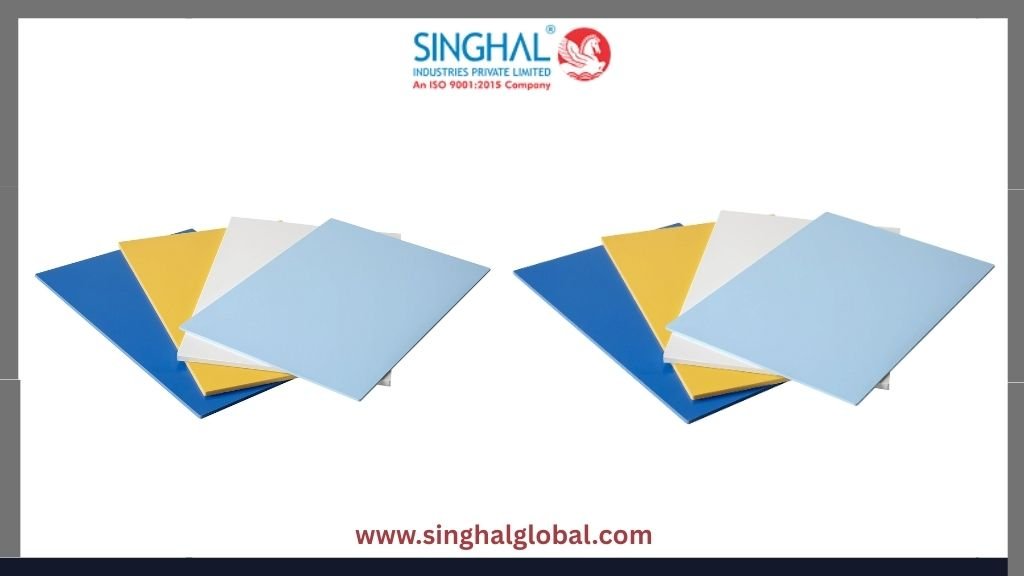A Dew Point Transmitters is a specialized instrument designed to measure and transmit dew point data in real time, providing actionable insights into the moisture content of gases and air. Unlike handheld meters, transmitters are permanently installed and integrated into systems to offer continuous monitoring and automated control.
In this comprehensive guide, we’ll explore everything you need to know about dew point transmitters, including their functionality, types, applications, benefits, installation tips, and selection criteria.
Understanding Dew Point and Its Importance
What Is Dew Point?
The dew point is the temperature at which air or gas becomes saturated with moisture and water vapor begins to condense into liquid. It’s a direct indicator of absolute humidity, unlike relative humidity which is influenced by temperature.
Why Measure Dew Point?
- Prevent corrosion in compressed air and gas systems
- Ensure product quality in pharmaceutical and food industries
- Improve energy efficiency in drying and HVAC systems
- Maintain regulatory compliance in cleanrooms and laboratories
- Prevent ice or hydrate formation in natural gas pipelines
Monitoring dew point helps optimize processes, reduce costs, and enhance safety.
How Does a Dew Point Transmitter Work?
A dew point transmitter typically consists of the following components:
- Sensor Element: Detects moisture level in the gas stream.
- Signal Processor: Converts raw data into readable output.
- Transmitter Module: Sends the dew point reading to a controller, PLC, or SCADA system.
The sensor continuously analyzes the environment and outputs a signal—typically analog (4-20 mA) or digital (Modbus RTU, HART, or RS485)—that corresponds to the dew point temperature.
Types of Sensing Technologies
There are several sensor technologies used in dew point transmitters:
Capacitive Polymer Sensors
Utilize a polymer layer whose dielectric properties change with humidity.
- Pros: Compact, cost-effective, fast response.
- Cons: Limited accuracy in very dry conditions.
Aluminum Oxide Sensors
Measure changes in capacitance across a porous aluminum oxide layer.
- Pros: Durable, accurate for low dew points (as low as -100°C).
- Cons: Requires periodic calibration.
Chilled Mirror Sensors
Employ a mirror cooled until condensation forms, then detect the temperature.
- Pros: Highly accurate.
- Cons: Bulky and more expensive, less suited for continuous industrial use.
Top Features of Modern Dew Point Transmitters
When choosing a dew point transmitter, look for these key features:
Wide Measurement Range
Most industrial transmitters cover a range from -100°C to +60°C dew point.
High Accuracy and Repeatability
Accuracy as tight as ±1°C dew point, with consistent long-term stability.
Digital and Analog Outputs
Dual signal outputs (e.g., 4-20 mA + Modbus) allow flexible integration.
Rugged Design
IP65/IP67-rated enclosures and stainless steel probes protect against harsh environments.
Calibration Certification
Factory-calibrated with traceability to international standards (e.g., ISO/IEC 17025).
Compact and Easy to Install
Slim, threaded designs allow insertion into pipes or sample cells with minimal setup.
Key Applications of Dew Point Transmitters
Dew point transmitters are used in a wide variety of industries and applications:
Compressed Air Systems
Moisture in compressed air can damage tools and equipment. A dew point transmitter ensures the air dryer is functioning properly and that dew point remains within safe limits.
Gas Production and Distribution
In natural gas pipelines, moisture can cause hydrate formation and corrosion. Dew point transmitters help monitor and control gas quality.
Pharmaceutical Manufacturing
Cleanroom environments require strict control of temperature and humidity. Dew point transmitters ensure product integrity and regulatory compliance.
Food and Beverage Packaging
Moisture can spoil food or damage packaging. Transmitters ensure that drying systems perform effectively.
HVAC and Building Automation
In critical environments like data centers, museums, or hospitals, dew point transmitters maintain ideal climate conditions.
Industrial Drying Processes
Drying systems for plastics, ceramics, and electronics require low dew points to be effective and efficient.
Benefits of Using Dew Point Transmitters
Real-Time Monitoring
Provides continuous feedback, allowing for instant adjustments to process controls.
Automation Integration
Can be directly linked to PLCs, SCADA systems, and industrial controllers for seamless automation.
Cost Savings
Prevents downtime, reduces energy use, and extends equipment lifespan.
Data Logging and Traceability
Enables long-term trend analysis, fault diagnosis, and compliance reporting.
Process Safety
In environments dealing with flammable gases or precision manufacturing, maintaining low moisture levels can prevent catastrophic failures.
Installation and Maintenance Tips
To ensure long-lasting performance:
- Install in a location with stable flow and pressure.
- Use sampling systems for high-pressure or corrosive gases.
- Perform regular calibration (annually or as recommended).
- Avoid exposing the sensor to liquids, oils, or particulates unless protected.
Popular Dew Point Transmitter Manufacturers
Some of the most trusted names in dew point transmitter technology include:
- Vaisala – Renowned for precision and stability.
- Michell Instruments – Offers both portable and inline solutions.
- E+E Elektronik – Known for robust industrial designs.
- GE Panametrics – High-performance units with advanced diagnostics.
- Rotronic – Excellent for HVAC and cleanroom monitoring.
- CS Instruments – Specializes in compressed air and dryer systems.
Latest Trends in Dew Point Transmitters
IoT and Remote Monitoring
Smart transmitters now support remote access via cloud platforms, allowing plant managers to monitor dew point levels from anywhere.
Self-Diagnostics and Alerts
Advanced models can detect sensor degradation, send predictive maintenance alerts, and log anomalies.
Low Power and Battery Options
Designed for remote installations or energy-sensitive environments, some transmitters now operate on minimal power or solar batteries.
Conclusion
A dew point transmitter is more than just a sensor—it’s a critical component of any moisture-sensitive system. With its ability to deliver real-time, accurate, and continuous data, it plays a vital role in maintaining quality, safety, and operational efficiency across a wide range of industries.
When you invest in the right dew point transmitter and integrate it properly, you gain full control over environmental moisture, ensuring product integrity, system longevity, and peace of mind.










Leave a Reply